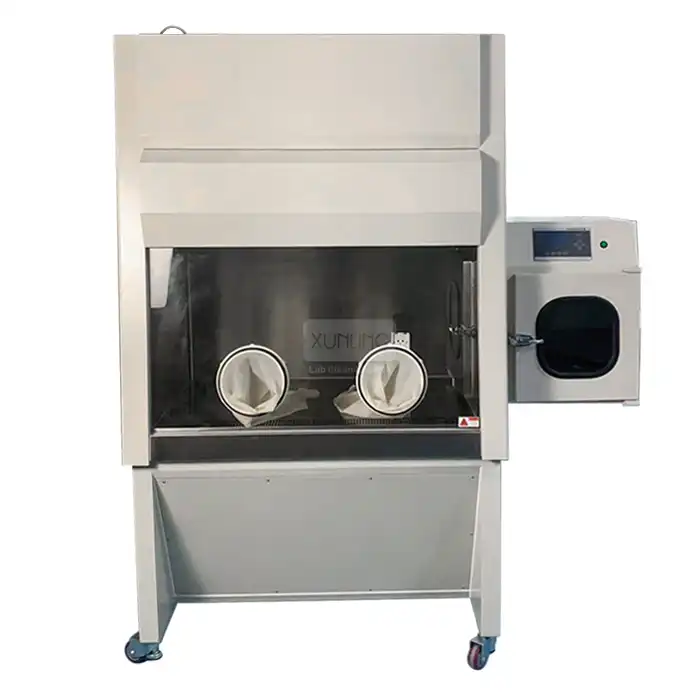
What is a chemical vent hood, and why is it important?
2025-06-16 17:30:08
Chemical vent hoods, also known as Laboratory Fume Hoods or chemical fume hoods, are essential safety devices in laboratory environments. These specialized ventilation systems are designed to capture, contain, and remove hazardous fumes, vapors, gases, and particulates generated during laboratory procedures. A chemical vent hood works by creating a negative pressure zone that draws air and contaminants away from the laboratory worker, filtering or expelling them safely to the outside environment. This critical piece of equipment serves as the primary engineering control to minimize researchers' exposure to harmful substances, preventing potential health issues, ensuring experimental integrity, and maintaining compliance with safety regulations across academic, medical, industrial, and research facilities worldwide.
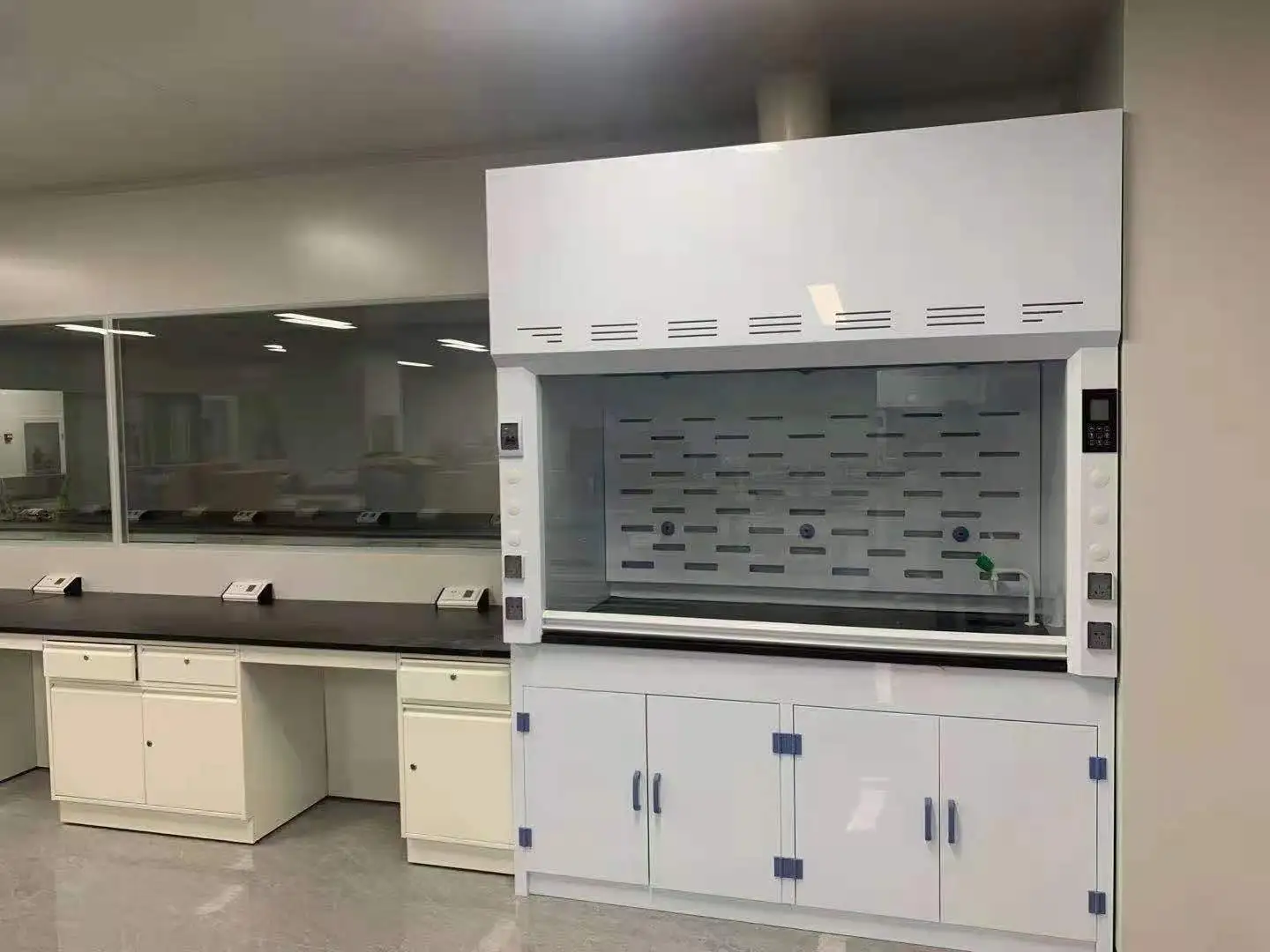
Understanding Chemical Vent Hood Technology
Chemical vent hoods represent one of the most important safety investments in any laboratory setting. These sophisticated ventilation systems combine engineering principles with safety features to create protected workspaces for handling hazardous materials.
Design Principles of Effective Chemical Vent Hoods
The effectiveness of a chemical vent hood depends significantly on its fundamental design principles. Modern chemical vent hoods typically feature an enclosure with a movable sash (window) that provides both visual and physical protection while allowing researchers comfortable access to experiments. The interior chamber is precisely engineered with aerodynamic considerations to facilitate smooth airflow patterns that prevent turbulence and backdrafts. These hoods incorporate baffles—strategically positioned panels that direct airflow evenly throughout the hood and optimize containment. The exhaust system employs powerful blowers sized appropriately for the hood dimensions and required face velocity, typically 80-120 feet per minute. This creates sufficient negative pressure to ensure contaminants move away from the operator's breathing zone. Additionally, modern chemical vent hoods are equipped with monitoring systems that provide real-time feedback on airflow performance, alerting users when conditions fall outside safe parameters. The integration of advanced materials such as chemical-resistant work surfaces, non-reactive interior panels, and explosion-proof components further enhances safety. These design elements work in concert to ensure that even when working with highly volatile, toxic, or reactive substances, laboratory personnel remain protected from harmful exposure.
Types of Chemical Vent Hoods for Different Applications
Different laboratory environments require specialized chemical vent hood configurations to address specific hazards and experimental needs. Conventional ducted hoods represent the most common variant, connecting to building exhaust systems to remove contaminants entirely from the facility. These are ideal for general chemistry applications involving volatile organic compounds, acids, and bases. For laboratories working with particularly dangerous substances like perchloric acid or radioisotopes, specialized perchloric acid hoods with wash-down features or radioisotope hoods with HEPA filtration offer enhanced protection. Ductless or recirculating chemical vent hoods, incorporating sophisticated carbon or HEPA filtration systems, provide solutions for spaces where external ventilation is impractical, though they have limitations regarding the types and quantities of chemicals they can safely handle. Walk-in hoods accommodate large equipment setups or apparatus assemblies while maintaining proper containment. Specialty application hoods include distillation hoods with extra height, ADA-accessible models with adjustable work surfaces, and teaching hoods designed for demonstration purposes with enhanced visibility. High-performance low-flow hoods optimize energy efficiency without compromising safety, using advanced airflow engineering to maintain containment at reduced exhaust volumes. Each chemical vent hood type incorporates specific design features tailored to its intended application, ensuring that laboratories can select the appropriate containment solution for their particular research needs and safety requirements.
Modern Innovations in Chemical Vent Hood Technology
The evolution of chemical vent hood technology has accelerated dramatically in recent years, incorporating advanced engineering and digital capabilities that enhance both safety and efficiency. Smart monitoring systems now provide continuous real-time tracking of airflow parameters, face velocity, and containment efficiency through IoT-connected sensors. These systems can automatically adjust blower speeds to compensate for changes in laboratory pressure differentials or sash positions, maintaining optimal containment conditions while minimizing energy consumption. Modular chemical vent hood designs have emerged, allowing for reconfiguration as laboratory needs evolve, with interchangeable work surfaces, service fixtures, and storage components. Many modern chemical vent hoods incorporate VAV (Variable Air Volume) controls that reduce airflow when the sash is closed or when the hood is not in use, potentially reducing energy consumption by 40-70% compared to traditional constant air volume systems. This energy efficiency focus extends to high-performance low-flow hoods that maintain safety standards while operating at face velocities as low as 60 fpm, significantly below traditional requirements. Advanced materials science has yielded new chemical vent hood construction materials with superior resistance to corrosion, fire, and chemical attack, extended service life, and reduced maintenance requirements. Ergonomic improvements such as angled sashes, adjustable work surfaces, and task lighting enhance user comfort during extended procedures. Additionally, integrated safety systems now include automatic sash closers, emergency ventilation boost capabilities, and connectivity with building management systems for centralized monitoring and control. These innovations collectively represent a significant advancement in chemical vent hood technology, offering laboratories unprecedented levels of safety, efficiency, and adaptability for diverse research applications.
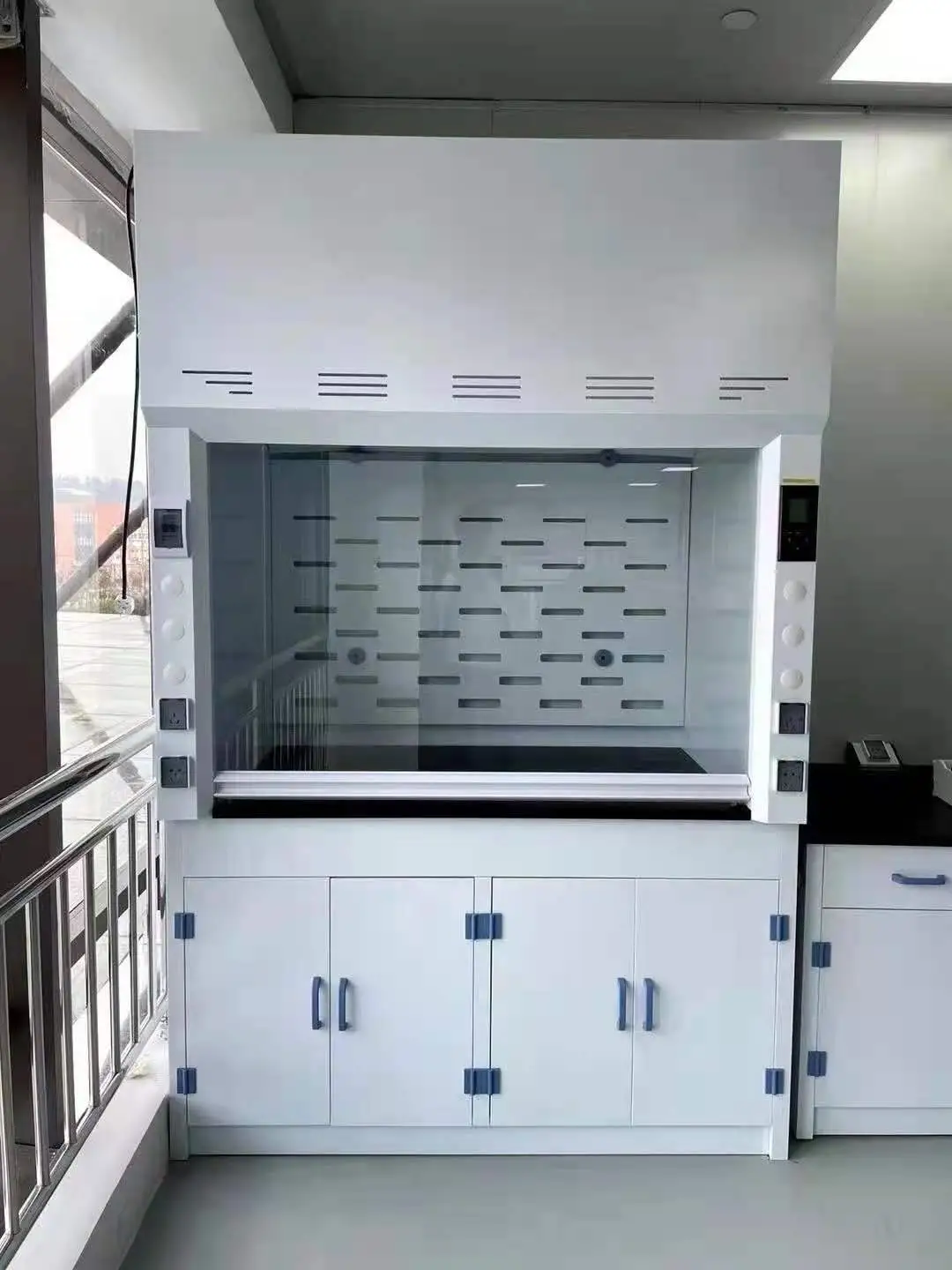
Safety Implications of Chemical Vent Hoods in Laboratory Environments
The presence and proper functioning of chemical vent hoods directly impacts laboratory safety on multiple levels, serving as the primary engineering control against chemical exposure hazards.
Protection from Chemical Exposure and Health Risks
Chemical vent hoods serve as the primary defense mechanism against potentially harmful exposure to hazardous substances in laboratory environments. These sophisticated ventilation systems create a crucial barrier between laboratory personnel and toxic, volatile, or carcinogenic compounds that could otherwise lead to both acute and chronic health conditions. In terms of acute protection, chemical vent hoods immediately capture and remove irritating vapors that might otherwise cause respiratory distress, eye irritation, or chemical burns. For instance, when working with concentrated acids like hydrochloric or sulfuric acid, the hood prevents corrosive fumes from reaching the breathing zone of researchers. More critically, chemical vent hoods provide long-term protection against chronic exposure to carcinogens, mutagens, and reproductive toxins that might not cause immediate symptoms but could lead to serious health complications after prolonged low-level exposure. Compounds like benzene, formaldehyde, and various heavy metals fall into this category, with exposure limits often measured in parts per million or even parts per billion. The containment provided by chemical vent hoods is especially critical when handling nanoparticles and ultrafine powders that can easily become airborne and penetrate deep into lung tissue. Additionally, chemical vent hoods mitigate exposure to substances with cumulative toxicity profiles, where repeated small exposures can gradually build to harmful levels in body tissues. By maintaining negative pressure and directing contaminated air away from laboratory personnel, these hoods significantly reduce the likelihood of developing occupational illnesses, protecting researchers' long-term health while enabling vital scientific work with hazardous materials to continue safely.
Compliance with Laboratory Safety Standards and Regulations
Operating chemical vent hoods in accordance with established standards is not merely good practice—it's a regulatory requirement across most jurisdictions worldwide. Laboratories must navigate a complex landscape of standards and regulations governing chemical vent hood performance, installation, and testing. In the United States, OSHA's Laboratory Standard (29 CFR 1910.1450) mandates that employers provide appropriate engineering controls, including chemical vent hoods, with further specifications detailed in ANSI/AIHA Z9.5 and ASHRAE 110 standards. These frameworks establish minimum performance criteria for face velocity (typically 80-120 fpm), containment efficiency, and exhaust requirements. International standards like EN 14175 in Europe provide similar frameworks with region-specific requirements. Beyond installation, regulations require periodic performance verification through standardized testing protocols, including face velocity measurements, smoke visualization tests, and tracer gas containment testing. Documentation of these tests must be maintained as part of laboratory safety records, with most standards requiring annual certification at minimum. Chemical vent hoods must also comply with electrical safety codes, fire protection requirements, and building ventilation standards. Many institutions have implemented additional standard operating procedures requiring that all operations involving volatile toxic substances be conducted in properly functioning chemical vent hoods. Regular inspections by safety officers and facility managers typically include verification of proper chemical vent hood operation, with facilities facing potential citations, fines, or even closure for non-compliance. By maintaining properly functioning chemical vent hoods that meet established performance criteria, laboratories not only protect their personnel but also satisfy their legal and regulatory obligations in an increasingly stringent compliance environment.
Emergency Response and Risk Mitigation Strategies
Chemical vent hoods play a pivotal role in laboratory emergency preparedness and serve as frontline defense systems during chemical incidents. When chemical spills or reactions generate hazardous vapors, properly functioning chemical vent hoods can rapidly capture and remove these contaminants before they spread throughout the laboratory space. This containment capability is particularly valuable during unplanned exothermic reactions, chemical decompositions, or solvent fires, where toxic or flammable vapors could otherwise create facility-wide hazards. Modern chemical vent hood systems often incorporate emergency purge functions that maximize exhaust flow rates in crisis situations, rapidly clearing airborne contaminants. Strategic emergency response planning should include protocols for utilizing chemical vent hoods during various scenarios, with clear guidelines for which incidents can be safely managed within the hood versus those requiring facility evacuation. Laboratory safety teams increasingly conduct specialized drills focusing on chemical vent hood use during emergencies, ensuring that personnel understand how to position themselves safely and manipulate sash positions for optimal protection. Additionally, chemical vent hoods can serve as designated locations for emergency chemical treatment, such as neutralization of spilled acids or bases, allowing these procedures to be conducted with appropriate ventilation. Integration with facility-wide emergency management systems allows chemical vent hoods to be monitored remotely during evacuation scenarios, providing valuable information to emergency responders about ongoing containment of hazardous substances. Properly maintained chemical vent hoods with backup power connections ensure continued protection even during utility failures. The strategic placement of chemical vent hoods throughout laboratory facilities also creates zones of relative safety during emergency situations, potentially providing protected spaces for personnel to shelter briefly while evacuation routes are secured.
Optimizing Chemical Vent Hood Performance and Efficiency
Achieving optimal performance from chemical vent hoods requires careful attention to installation, operation, and maintenance practices that balance safety with energy efficiency.
Installation Requirements and Considerations
The effective performance of a chemical vent hood begins with proper installation, which requires careful planning and coordination among laboratory designers, facility engineers, and safety professionals. Spatial considerations are paramount—chemical vent hoods should be positioned away from high-traffic areas, doorways, and air supply diffusers that can create cross-drafts capable of disrupting containment. A minimum clearance of typically 5 feet from any opposing wall and 3 feet from adjacent workstations is generally recommended to prevent airflow disturbances. The exhaust ducting system requires meticulous engineering, with smooth-walled, corrosion-resistant materials and minimal directional changes to reduce resistance. Dedicated exhaust fans should be sized appropriately for the specific hood dimensions and application, typically providing enough capacity to maintain face velocities between 80-120 feet per minute with the sash at working height. Modern installations increasingly include variable air volume systems that modulate exhaust rates based on sash position, optimizing energy efficiency without compromising safety. Utility services such as electrical outlets, gas, vacuum, and water connections must be positioned to minimize the need to reach across the work surface, with controls located outside the hood face whenever possible. Proper illumination within the hood enclosure (typically 80-100 foot-candles) is essential for safe operation, with explosion-proof fixtures required for applications involving flammable materials. The hood must be connected to emergency power systems to maintain critical ventilation during utility failures. Additionally, monitoring devices such as airflow indicators or face velocity meters should be installed in clearly visible locations, alerting users to potentially unsafe conditions. A comprehensive commissioning process should verify performance through ASHRAE 110 containment testing and face velocity measurements before the chemical vent hood is approved for use with hazardous materials.
Best Practices for Chemical Vent Hood Operation
Maximizing the protective capabilities of chemical vent hoods requires adherence to established operational protocols that enhance containment effectiveness while ensuring researcher safety. Users should always verify proper hood function before beginning work by checking airflow indicators and ensuring that face velocity falls within the acceptable range of 80-120 feet per minute. The sash position significantly impacts containment—users should work with the sash at the lowest comfortable position, utilizing the marked "maximum safe working height" whenever possible, and closing the sash completely when the hood is not in use. Proper work practices include positioning all chemical sources and apparatus at least 6 inches behind the sash plane to create a buffer zone that prevents fugitive emissions from escaping the hood. Equipment and materials should be arranged to minimize airflow obstructions, with large items placed on elevated stands to allow air to flow underneath rather than creating turbulent eddies. Laboratory personnel should avoid rapid movements in front of the hood, which can create drafts capable of pulling contaminants outward. The practice of keeping the researcher's face outside the plane of the sash during all operations provides an additional safety margin against exposure. Chemical volumes should be limited to the minimum quantities necessary for the procedure, with waste containers kept closed when not in active use. Heat-generating equipment within the hood should be elevated to allow cooling airflow underneath, preventing thermal plumes that can disrupt containment patterns. Users should maintain detailed logs of all activities conducted within the chemical vent hood, including the substances used and any unusual observations regarding hood performance. Through consistent application of these operational best practices, laboratories can significantly enhance the protective capacity of their chemical vent hoods while maximizing energy efficiency and extending equipment lifespan.
Maintenance and Performance Testing Protocols
Regular maintenance and performance verification are essential to ensuring the continued effectiveness of chemical vent hoods as primary engineering controls. A comprehensive maintenance program begins with daily user inspections of airflow indicators, sash operation, and internal surfaces before each use. Weekly cleaning of work surfaces with appropriate solvents prevents residue accumulation that could generate unexpected chemical reactions or contaminate future experiments. Monthly maintenance typically includes inspection of sash mechanisms, baffle adjustments, and examination of service fixtures for proper operation and potential leaks. Exhaust fan bearings, belts, and motors should undergo quarterly inspection by qualified maintenance personnel, with lubrication and adjustments performed as needed. The exhaust ductwork system requires semi-annual inspection for potential corrosion, leaks, or obstructions that could compromise performance. Annual certification testing represents the cornerstone of verification and typically includes face velocity measurements at multiple grid points across the hood opening, smoke visualization to assess containment patterns, and tracer gas testing following ASHRAE 110 methodology to quantify containment effectiveness. This certification should be performed by qualified technicians using calibrated instruments, with results documented and compared against established performance criteria. Modern chemical vent hood management increasingly incorporates continuous monitoring systems that track performance parameters in real-time, alerting facility managers to performance degradation before it reaches critical levels. When hoods fail to meet performance standards, a systematic troubleshooting approach should be implemented to identify root causes, which commonly include exhaust fan issues, duct obstructions, or laboratory ventilation imbalances. Maintaining detailed service records for each chemical vent hood creates a performance history that can help identify patterns of degradation and predict maintenance needs before failures occur. Through diligent implementation of these maintenance and testing protocols, laboratories can ensure their chemical vent hoods continue to provide reliable protection throughout their operational lifespans.
Conclusion
Chemical vent hoods are indispensable safety components in laboratory environments, serving as the primary engineering control against exposure to hazardous substances. These sophisticated ventilation systems protect researchers from immediate and long-term health risks while ensuring regulatory compliance and facilitating emergency response. With proper installation, operation, and maintenance, chemical vent hoods create safer working conditions while enabling vital scientific work involving potentially dangerous materials to proceed with minimal risk.
Are you looking to enhance laboratory safety with high-quality chemical vent hoods? Xi'an Xunling Electronic Technology Co., Ltd. offers cost-effective, reliable, and user-friendly solutions tailored to your specific requirements. Our comprehensive product range includes custom-made fume hoods with 5-day delivery and 5-year warranty protection. Whether you need OEM support, fast delivery, or specialized designs, our experienced team provides one-stop service for all your laboratory furniture and equipment needs. Don't compromise on safety—Contact Us today at xalabfurniture@163.com to discuss how our chemical vent hood solutions can transform your laboratory environment.
References
1. Anderson, J.T. & Wilson, K.L. (2023). Laboratory Ventilation Systems: A Comprehensive Guide to Chemical Vent Hood Technology. Journal of Laboratory Safety, 45(2), 112-128.
2. Chambers, H.B., Zhang, L. & Patel, R.M. (2022). Optimizing Energy Efficiency in Modern Chemical Fume Hood Design. Environmental Science & Technology, 56(11), 7825-7841.
3. Fernandez, S.A. & Goldstein, M.T. (2023). Regulatory Compliance and Performance Standards for Laboratory Ventilation Equipment. International Journal of Occupational Safety and Ergonomics, 29(3), 421-437.
4. Ramirez, D.Q., Yoon, S.H. & Li, W.P. (2024). Next-Generation Chemical Vent Hood Technologies: Innovations and Applications. American Chemical Society Journal of Chemical Health & Safety, 31(1), 42-58.
5. Thompson, C.R. & Johnson, A.D. (2022). Best Practices for Chemical Vent Hood Installation and Maintenance in Research Laboratories. Safety Science, 149, 105673.
6. Wang, X.Y., Roberts, K.S. & Martinson, P.L. (2023). Analyzing Containment Efficiency Parameters in VAV and CAV Chemical Vent Hood Systems. Journal of the American Industrial Hygiene Association, 84(5), 392-406.
YOU MAY LIKE







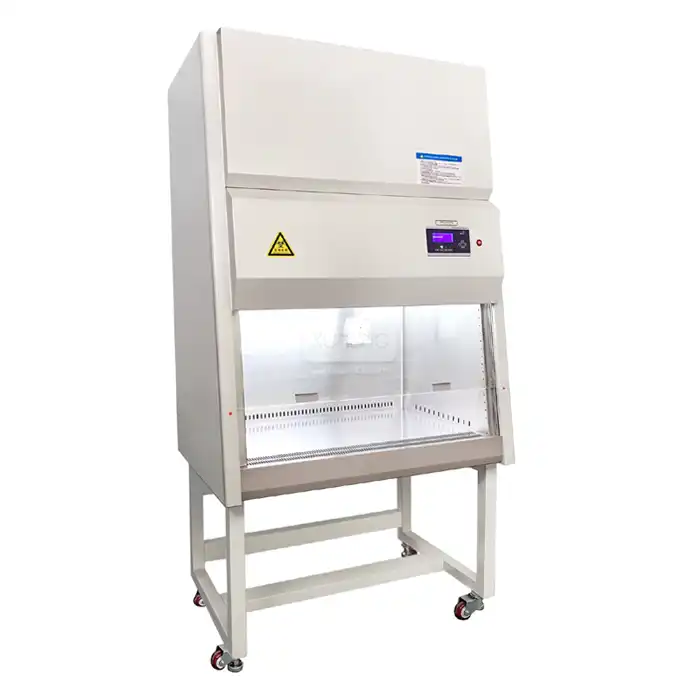
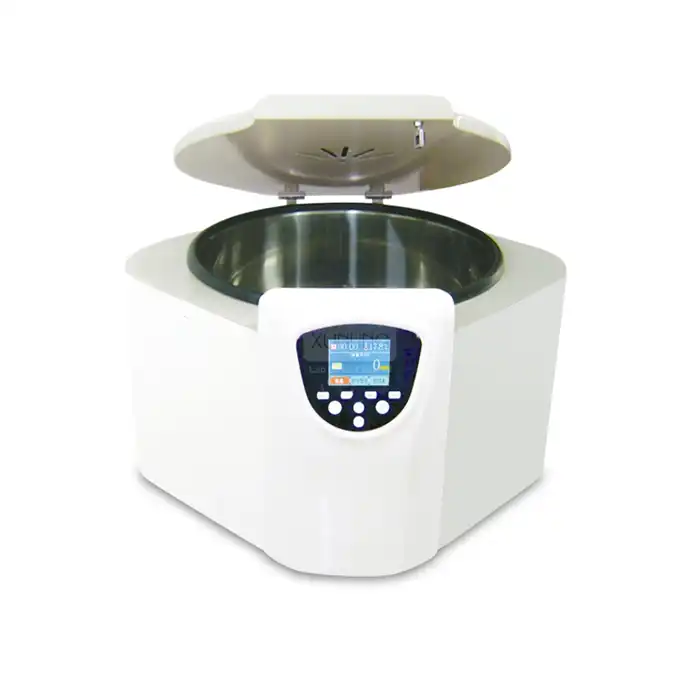
_1735284212689.webp)
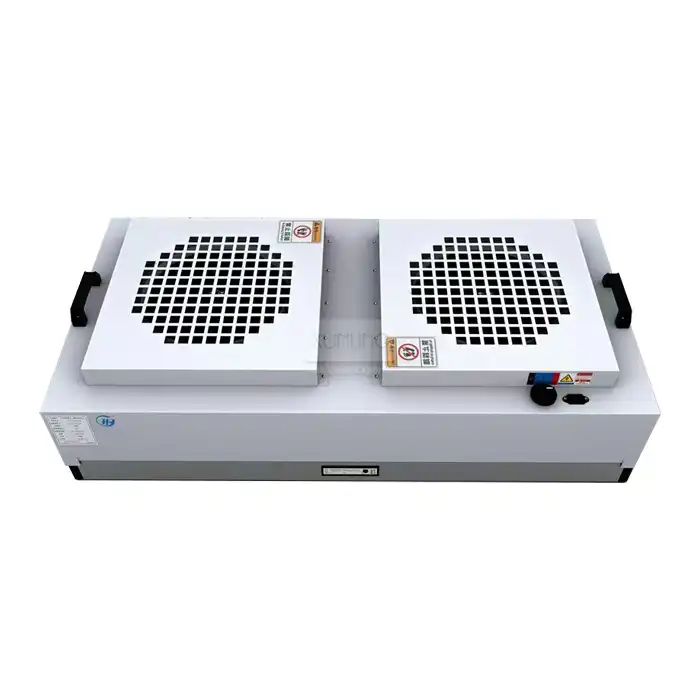
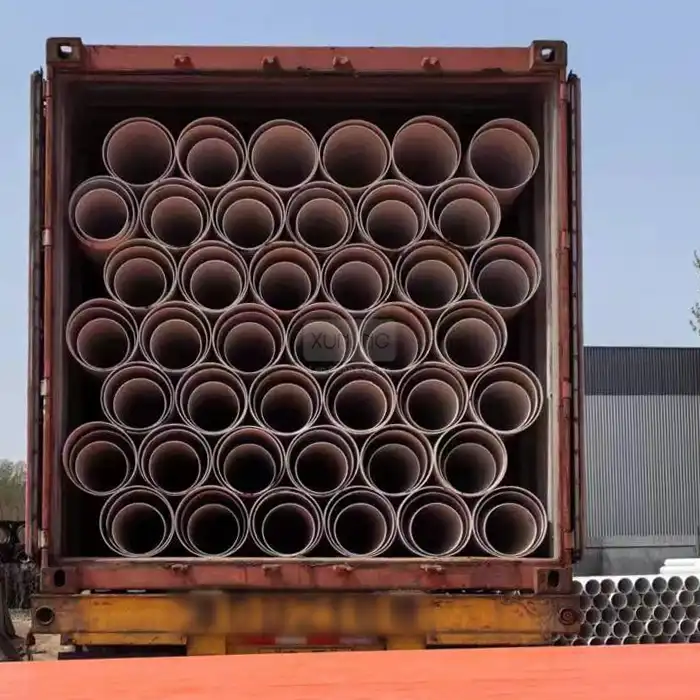

 Control System_1734768462745.webp)
